Types of Spill Kits and Their Applications
An oil spill kit holds key significance for industries and locations where the probability of oil spills is significant. These kits are pertinent to respond swiftly and effectively to oil spills in locations where the risk of oil spills exists, such as ports, industrial facilities, and shipping companies.
The primary purpose of an oil spill kit is to contain and clean up spilled oil, minimising its environmental impact. Each oil spill kit has a certain component for the cleaning action, with each component having its role. Let’s look at how they are effective in mitigating the spillage.
Key Components of An Oil Spill Kit
An oil spill kit generally contains various components that assist us in containing spilled items and minimise loss or danger. Although kits have specific components, some are common in all kits. Let’s look at them:
- Absorbent Materials: These may include absorbent pads, booms, socks, or pillows made of polypropylene. They are used to soak up and contain spilled oil.
- Containment Bags or Containers: These are used to store and dispose of the collected oil-contaminated materials safely.
- Containment Booms: These are long, floating barriers made of durable materials like PVC. They are deployed on water surfaces to contain and prevent the spread of oil.
- Sorbents and Dispersants: Specialised sorbent materials, like granular absorbents or bioremediation agents, may be included to enhance oil absorption or aid in oil dispersion.
- Personal Protective Equipment (PPE): PPE items like gloves, goggles, coveralls, and boots are included to ensure the safety of personnel involved in the clean-up process.
- Shovels, Scoops, and Brushes: Tools like shovels, scoops, and brushes are included to remove oil from surfaces or the water physically.
- Instructional Materials: Informational guides, instruction manuals, and safety guidelines are often provided to assist responders in properly using the kit.
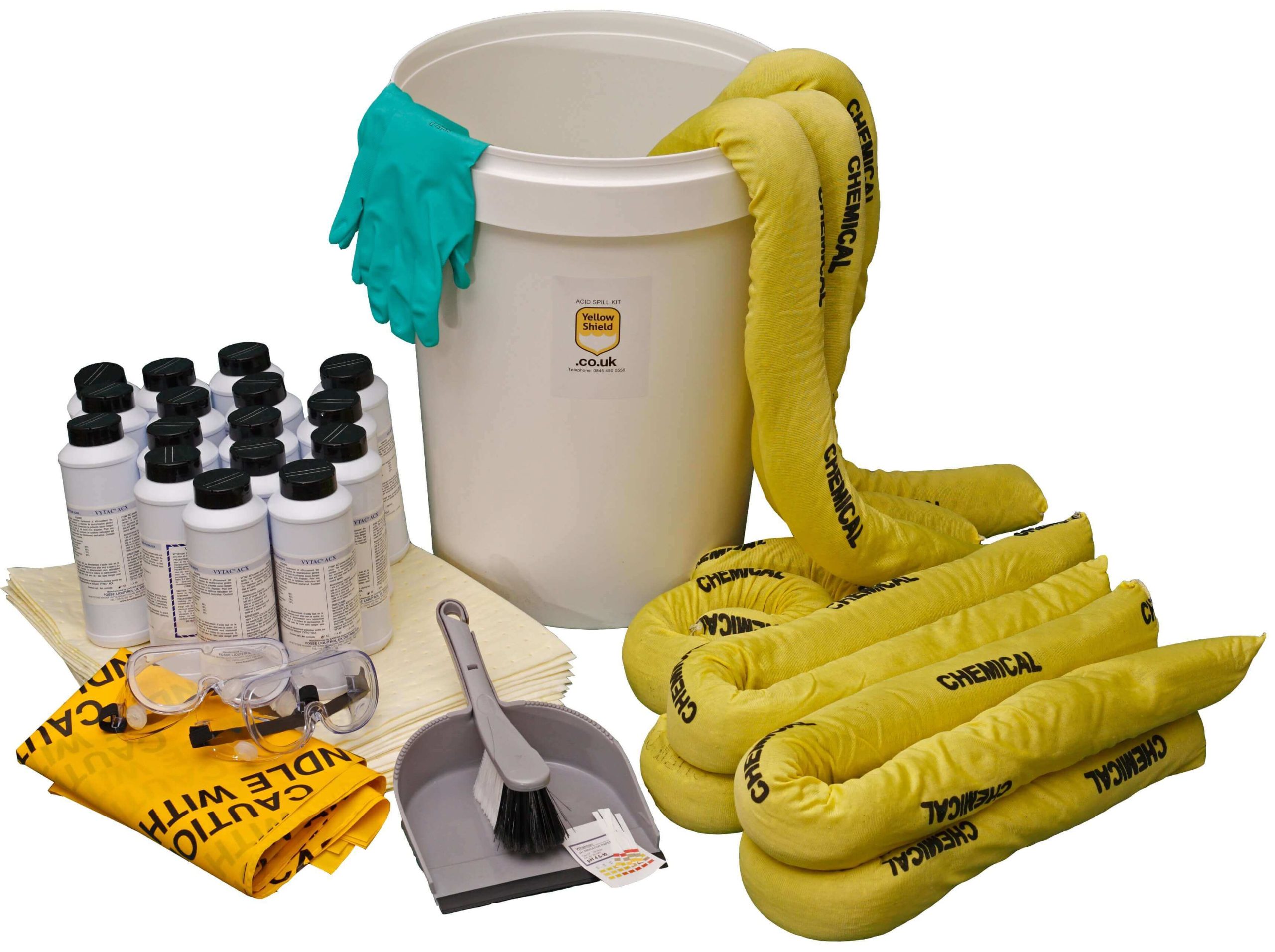
Give us a call for free consultation
Types of Spill Kits
As mentioned above, spill kits are used widely on several professional sites. Different spill kits are designed to serve different professions besides some essential standard components.
Chemical (HAZCHEM) Spill Kits:
Dealing with hazardous materials like acids, bases, and irritating gases requires the usage of effective kits that are Chemical spill kits are tailored for responding to hazardous chemicals and substance spills.
They are effective in containing spills of acids, bases, gaseous solutions, pesticides, insecticides, and other poisonous compounds. These kits are typically colour-coded or labelled to indicate compatibility with specific chemicals.
Components
These kits include appropriate absorbents, neutralisers, and PPE for handling chemicals.
Depending upon their usage, chemical spill kits can further be categorised into the following:
- Chemical Spill Absorbent Mini Kit: With an absorbing capacity of 10–15 litres, these spill kits are useful for handling small spillages. People generally keep these kits in their vehicles to contain a spillage urgently.
- Chemical Spill Absorbent Grab Bag Kit: The grab bag spill kits hold a maximum absorbance of 25–45 litres and are feasible for outdoor and indoor usage.
- Chemical Spill Kit in Heavy Duty Waterproof Container: These chemical spill kits are an imminent need when there is a probability of spills on a massive scale. These kits can absorb spillage from 100–165 litres.

Hydrocarbon Spill Kits:
Hydrocarbon spill kits are specifically designed to contain hydrocarbons like fuel, oil, gas, engine oil, or any other compound of organic nature. Due to their specific properties, they offer significant absorbance for oily and greasy compounds. Oil agencies, fuel stations, or industrial units typically use these kits.
Components
These kits include oil-only absorbent pads, rolls, socks, booms, gloves, goggles, disposal bags,
Universal Spill Kits:
Universal spill kits are versatile to contain numerous spill situations. These assist in handling oils and chemicals and include a combination of absorbents to handle different liquids, along with appropriate PPE and clean-up tools. These kits can contain a number of chemicals of variable nature, like coolants, fuels, oils, hydrocarbons, etc.
Components:
These kits contain waste bins, absorbent pads, disposable bags, gloves, tapes, twist ties, and other essential components.
Mercury Spill Kits:
These spills are specifically designed to clean up and contain mercury spills. Along with gloves and goggles, these kits have mercury-absorbing powder, containers for mercury collection, and other protective equipment necessary for safe handling. These are ideal for handling mercury spills in laboratories and industrial facilities.
Components:
They include specially treated sponges, absorbent powder, latex gloves and other PPE items, neutralising materials, brooms, etc.
Marine Spill Kits:
A marine oil spill response kit or maritime spill kit is a specialised type of spill kit designed to address oil spills in marine environments. These kits are essential for ports, marinas, shipping companies, and other coastal or offshore facilities where the risk of oil spills exists. They are hydrophobic and repel water while absorbing only the required oil spillage.
Components:
Marine spill kits have pads, socks, floating booms, nitrile gloves, oil skimmers, oil-containment bags, and oil-dispersant chemicals.
Give us a call for free consultation
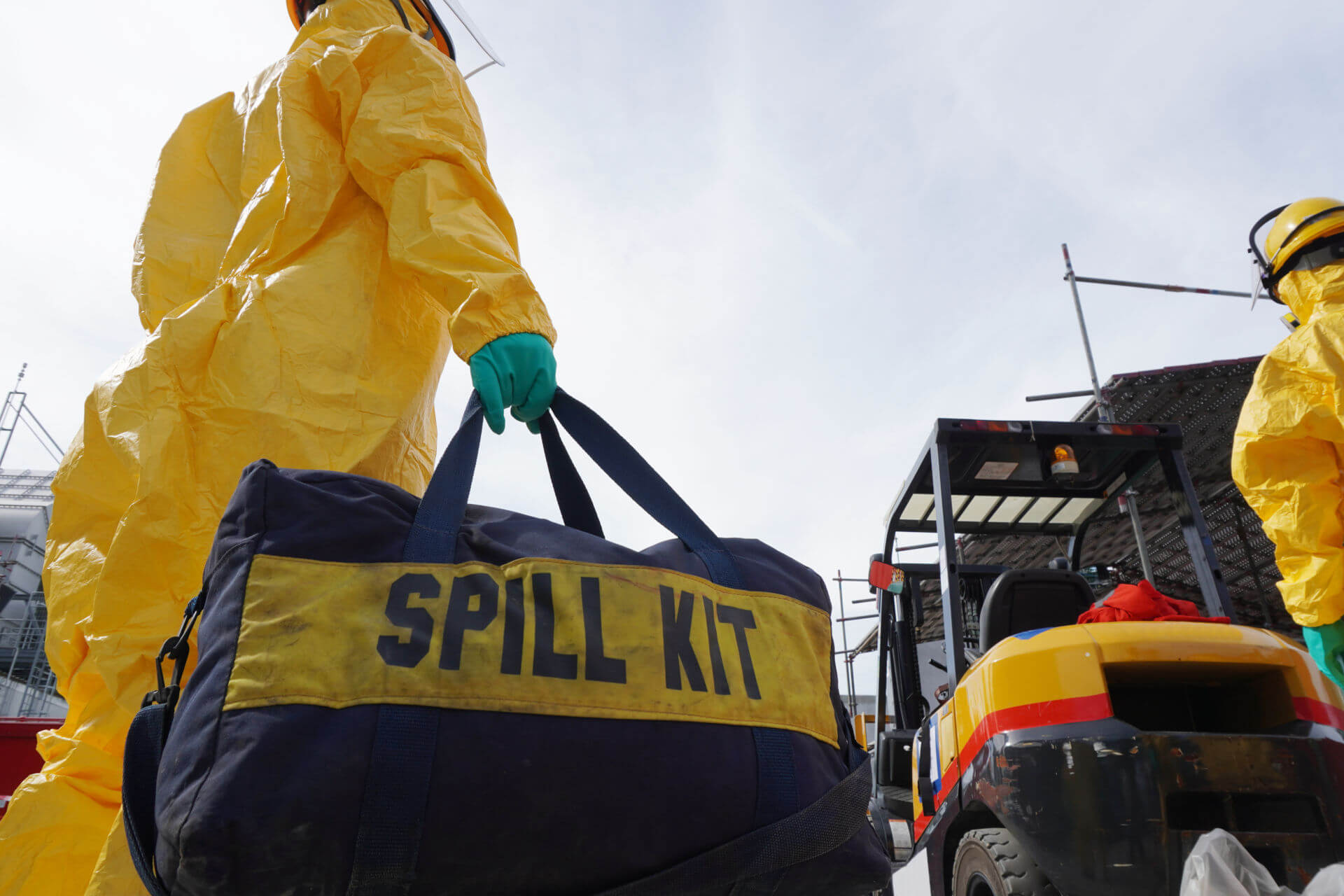
Biohazard Spill Kits:
A biohazardous spill response kit helps safely and effectively handle spills or incidents involving biohazardous materials, like blood, bodily fluids, pathogens, or other potentially infectious substances.
These kits are extensively used in hospitals, clinics, and emergency operation theatres and help to contain hazardous and infectious materials like amniotic fluid, unfixed tissues/organs, excretions, or other body waste fluids.
Components:
Biohazard spill kits have absorbent paper towels, granular absorbent materials, gloves, tongs, goggles, masks, and instruction leaflets.
Chemo spill Kits:
Chemotherapy treatments result in several harmful wastes that must be discarded with the required protocols. In this regard, chemo spill kits assist in disposing of toxic-anticancer drugs and other harmful wastes. Chemo spill kits are used in cancer treatment centres, laboratories, and other healthcare facilities.
Components:
Chemo spill kits include drug spill labels, caution chemotherapy signs, hazardous drug exposure form, Sodium bicarbonate, sterile water, gown, PPE, absorbent towels and pads, etc.
Spill Response Kits for Specific Industries:
Certain industries, such as laboratories, healthcare facilities, or automotive workshops, may require spill kits tailored to their specific needs. These kits are designed to handle the substances commonly used or encountered in those industries, such as laboratory chemicals, medical fluids, or automotive fluids.
Conclusion
Spill kits remain essential to preventive and safety protocols in many professions. Whether there is an industry, a laboratory, a warehouse, an automotive workshop, a healthcare facility, a shipyard, or an environment maintenance department, all have specialised spill kits to serve their purposes.
With significant spill-containing components, these spill kits not only assist in mitigating oil spills but also help to save huge costs from the wastage of costly liquids. Along with this, these kits remain a key factor in protecting our fragile environment and public health.
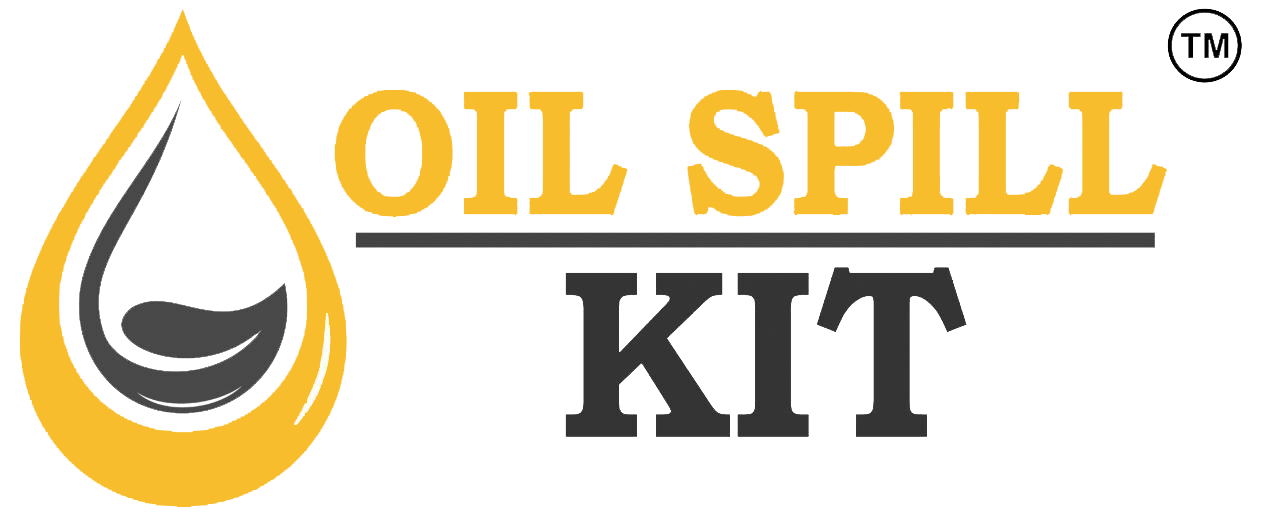
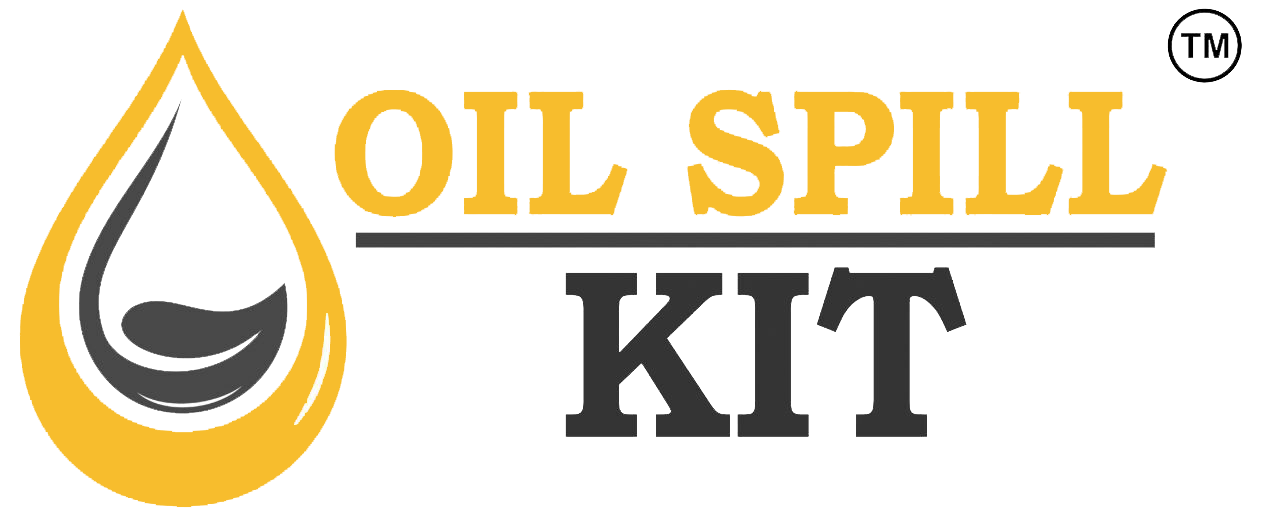




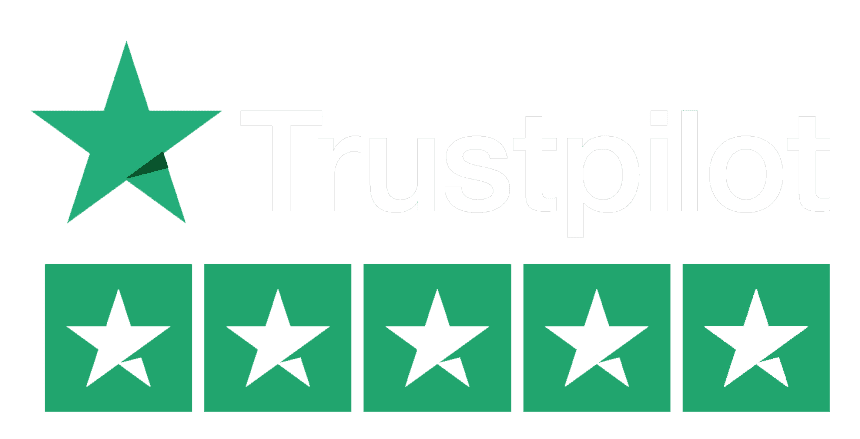


 Home
Home  Checkout
Checkout